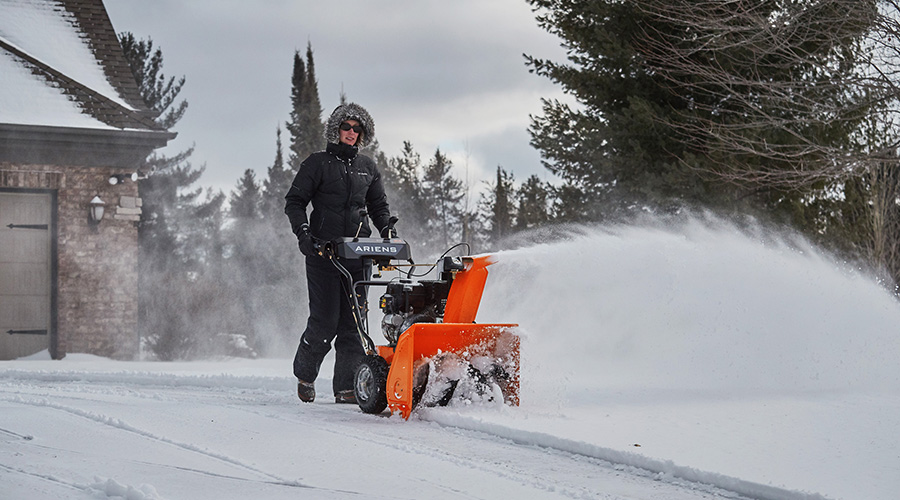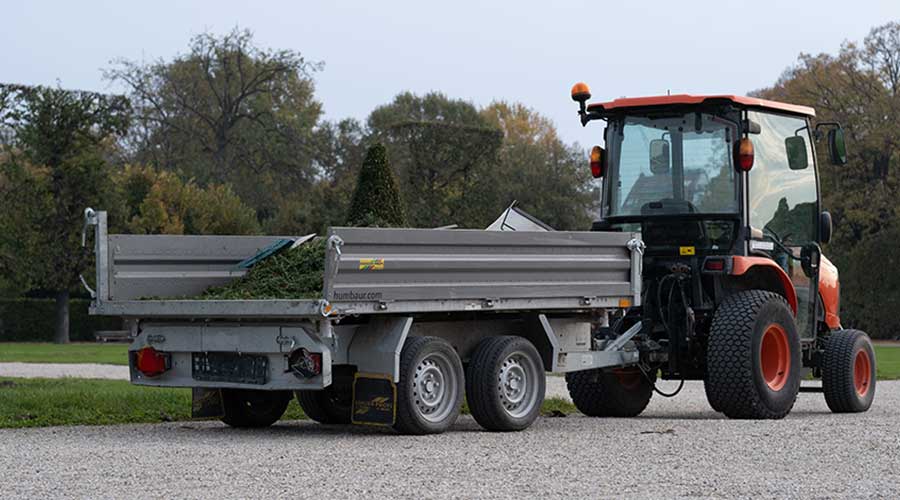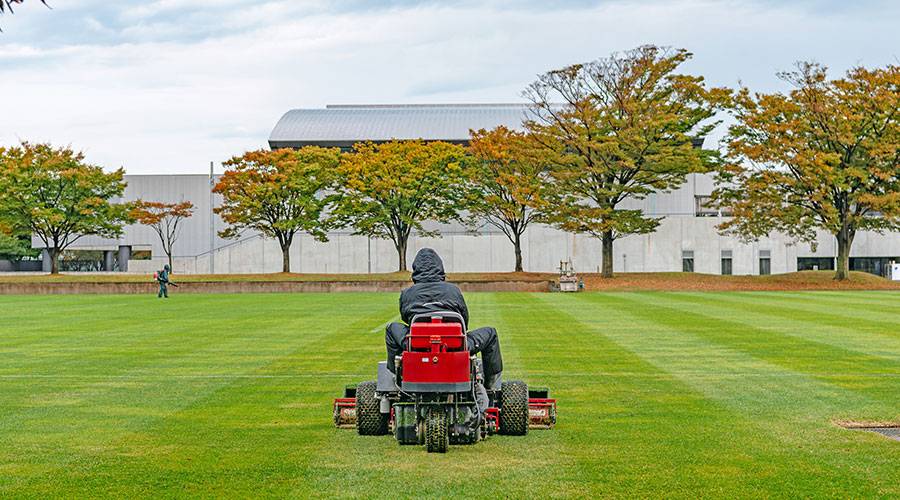Fleet Management: Set Maintenance Priorities
In setting maintenance priorities, managers need to mandate that all routine maintenance activities follow the owner’s manual. O’Donnell says his department sets schedules for the equipment’s inspection and maintenance, with flexibility to accommodate mowing and maintenance schedules.
“We are very proactive when it comes to equipment maintenance,” he says. “A proactive approach saves money in repairs (and) downtime and improves safety.”
The operators coordinate all maintenance and repairs with the in-house mechanic.
“One person — the mechanic — is responsible for all maintenance of equipment,” he says. “A good operator is not necessarily a good mechanic.” This system provides accountability, as well as efficiency, O’Donnell says. The mechanic knows the steps to take and the way to perform them to get the job done. Proper maintenance must be done right to ensure warranties are valid.
Also, Villanova’s operators do not perform any maintenance in the field.
“We do very little reactive maintenance,” O’Donnell says.
Reinhardt, whose company cares for about 200 acres of turf and landscaped areas, uses a different approach. All equipment operators perform their own routine maintenance.
“Most of our employees come from a farm background and have some mechanical experience,” Reinhardt says. “We provide the best equipment and tools available to complete the maintenance activities. We have a mower lift, air tools to take of blades and a blade sharpener. These tools make routine maintenance quick and easy.
“If we have a major problem with a piece of equipment, we send it out to be worked on. If it is under warranty, it goes to the dealer, and if it is not, we have other mechanics. Our truck repair service is open 24 hours. We can take a vehicle in at 6 p.m. and have it back first thing in the morning.”
As budgets tighten and demands grow for aesthetically pleasing landscapes, it will be increasingly important for managers to make smart decisions that keep equipment operating.
“If equipment goes down in a snow storm or the middle of mowing season, it is disastrous,” O’Donnell says. “If we don’t have the equipment, we need we have to have more people, and sometimes even more people can’t make up the difference.”
Related Topics:














